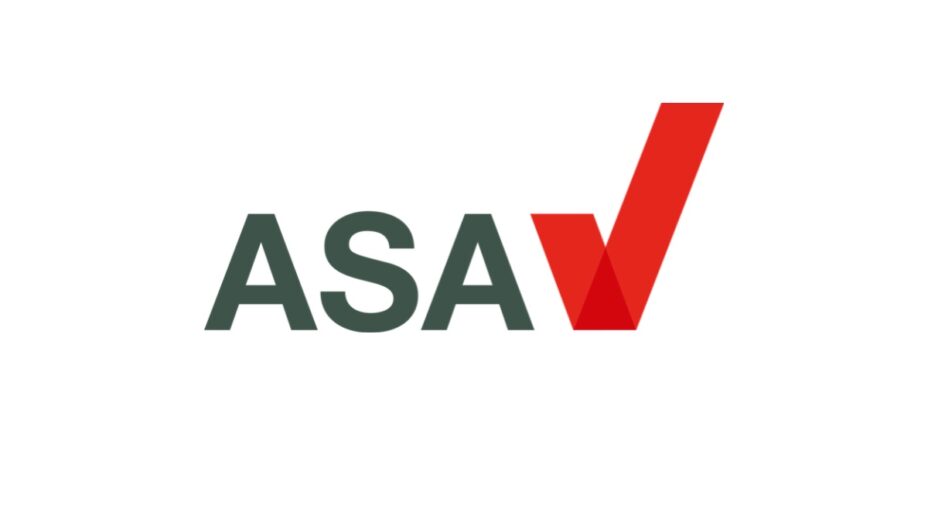The UK Advertising Standards Authority has upheld complaints against three ads by gaming supplier Play’n GO.
The ads were found to have breached CAP Code (Edition 12) rules 16.1 and 16.3.12 (Gambling) by featuring imagery that could appeal to young people.
The first ad was seen beside the email inboxes of two children and featured a cartoon Easter bunny in a superhero outfit, while a second ad featured a cartoon robot DJ with a purple screen for a face, displaying white pixels. The third featured three anime-style cartoon princesses.
Two complainants, who had seen the ads beside their own or their child’s email inbox, challenged whether the ads featured content that was likely to be of strong appeal to people under the age of 18.
All of the ads were served through the programmatic advertising platform Adroll.
Adroll told the ASA that Play’n GO took measures to deter players under the age of 18 through the use of age-gating on its website, adding that the Play’n GO website was exclusively for entertainment and offered no real-money gambling.
Adroll also told the ASA that Play’n GO did not serve the ads with the intention of reaching individuals under the age of 18, stating that the ads were not directed at, or likely to appeal to, those under 18.
Play’n GO said its defence that there was a possibility that an adult user could previously have visited their website and provided consent, and then a child could see the retargeted ad alongside a free, web-based email account because they were using the same device at the same IP address.
Play’n GO described this as an acknowledged limitation within programmatic advertising.
In its assessment, the ASA acknowledged that Play’n GO does not provide real-money gambling on its website but noted that as a game supplier to licensed operators in Great Britain, it must abide by the rules that prohibit ads with a likely appeal to children or young persons.
“We considered that it would have been acceptable for the ads to appear in a medium where under-18s could, for all intents and purposes, be entirely excluded from the audience. That would apply in circumstances where those who saw the ads had been robustly age-verified as being 18 or older, such as through marketing lists that had been validated by payment data or credit checking,” said the ASA.
“We considered that the targeting measures used by Adroll, which relied on self-declaration of age of users entering the Play’n GO website and retargeting based on that data, as well as prospecting targeting using browsing behaviours, were not sufficiently robust to ensure under-18s were entirely excluded from the audience. We also understood that two of the ads had been served to space alongside the email inboxes of children.”
The ASA concluded that Play’n GO Malta had not excluded under-18s from the audience with the highest level of accuracy required for gambling ads, the content of which was likely to appeal strongly to that age group.
The ads must not appear again in their current form.
